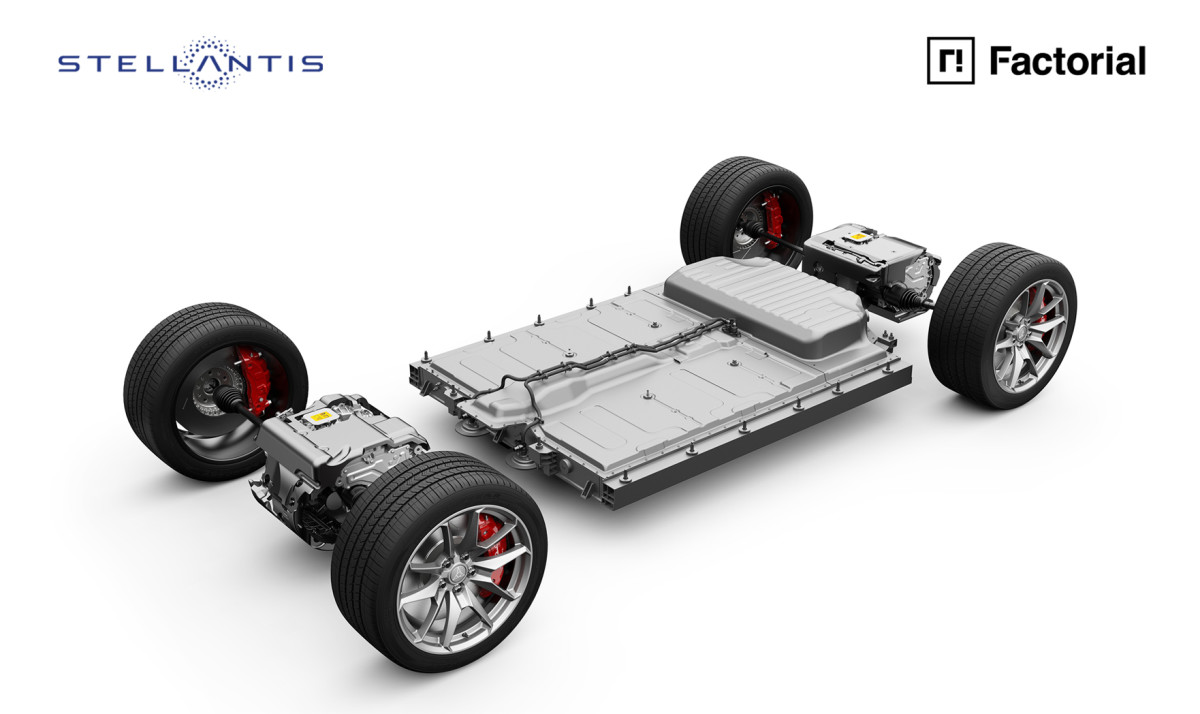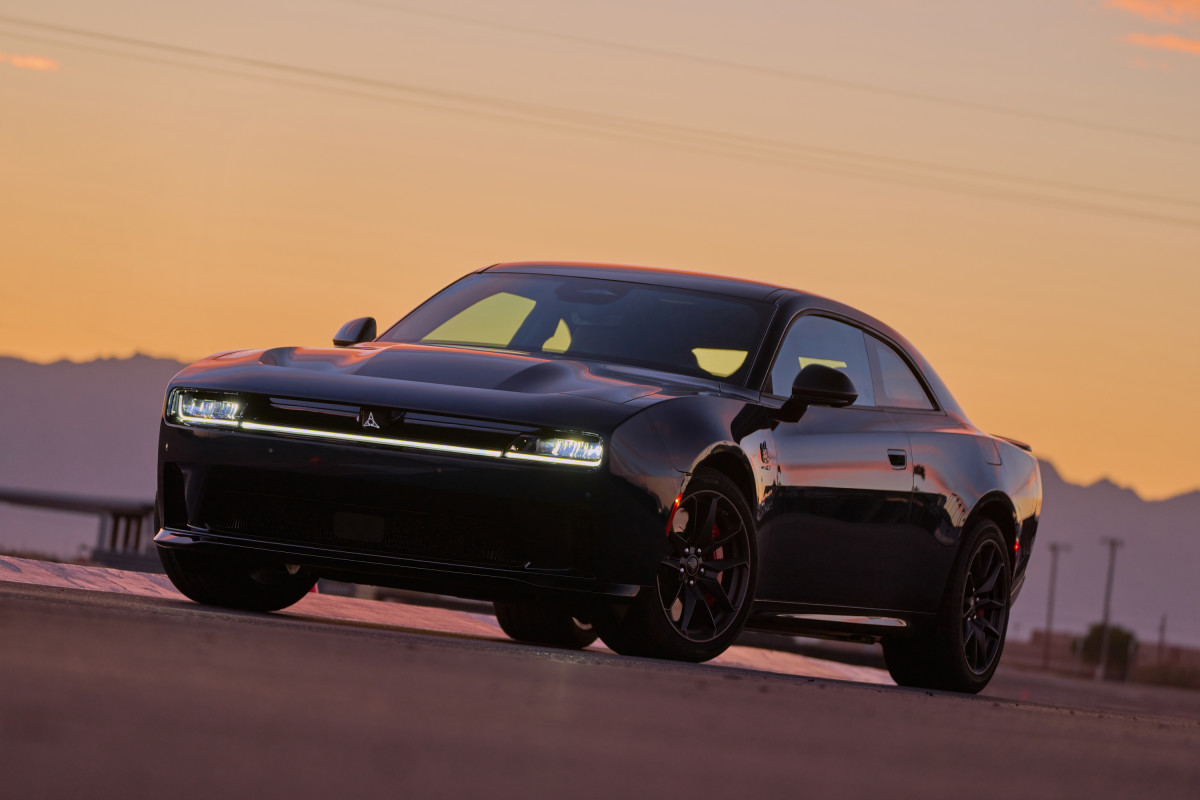Solid-State Shift

Solid-state batteries have been the elusive dream for the electric vehicle market, promising leaps over what’s currently possible with lithium-ion batteries. Enter Stellantis and a Massachusetts tech outfit, Factorial Energy, who’ve made headway with a new semi-solid-state battery cell. This could be huge for the future of EVs.
The breakthrough here is an energy density of 375 watt-hours per kilogram, which takes the industry beyond the common 200-300 Wh/kg standard. Better still, charging this beauty from 15% to 90% takes just 18 minutes, even at room temperature. It can even handle chilly conditions down to -22°F. Such specs might just boost EV range, make charging almost seamless, and increase cold-weather reliability. Stellantis has its eyes set on rolling these out in Dodge Charger Daytona EVs by 2026 as part of a demonstration fleet.
EV Impact

This semi-solid-state tech might do wonders beyond driving range and charging times. Think about shaving off around 200 pounds from the battery pack itself. With fewer components needed for structure and thermal management, total weight reduction could hit between 500 to 2,000 pounds. For Dodge Charger Daytona enthusiasts, whose car currently weighs a hefty 5,800 pounds, this could mean a whole new ball game for performance. Lighter cars don’t just go faster—they’re more efficient and cheaper to manufacture in the long haul. Every pound less could save an estimated $5, potentially cutting production costs by up to $10,000 per vehicle.
Challenges

Now, it’s not all smooth sailing. The production side of things isn’t an easy ride, to say the least. CEO Siyu Huang of Factorial mentioned it’s been like “production hell,” dealing with high scrap rates and material issues. Add to that the costs—right now, these solid-state cells could cost 10 to 30 times more than the regular lithium-ion batteries. They’re optimistic, though, that scaling up manufacturing will drop prices, but that’s still a future vision.
In the here and now, Factorial’s work with semi-solid-state batteries serves as a crucial stepping stone. These aren’t true blue solid-state batteries yet, but they’re an important step in stabilizing the anode—where traditional batteries often falter—setting the stage for all-solid-state systems down the road.
The Road Ahead
Factorial’s partnership with Stellantis, coupled with prior work with Mercedes-Benz, underscores growing interest from major automakers. If they can crack the scalability and cost codes, these batteries may well answer the key questions about EV range, charging, safety, and lifespan with one solution. Watching how these perform in the Dodge Charger Daytona tests will be crucial. If successful, it might not just transform Stellantis but the entire EV landscape, paving the way for a new era in automotive innovation.
Porsche 959 Unveiled
Nissan Xterra Back
VW's China EV Push
2026 Corvette Unveiled
Mazda's New EV Marvel